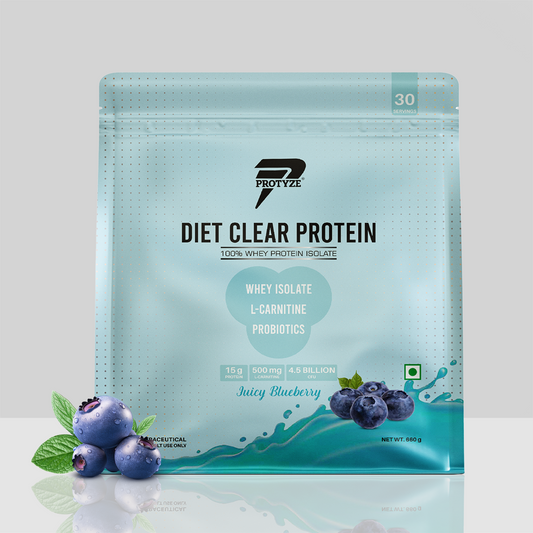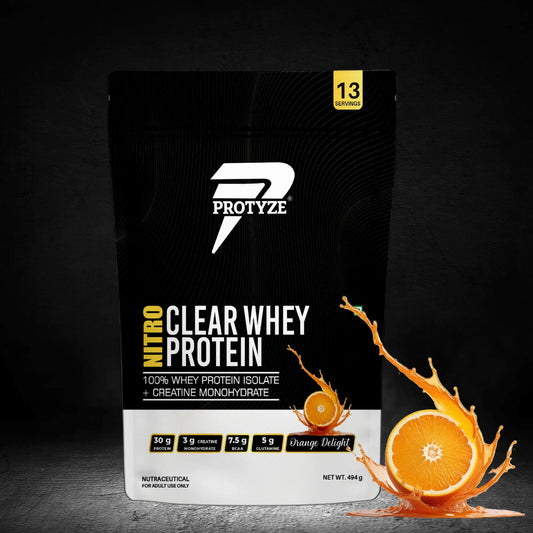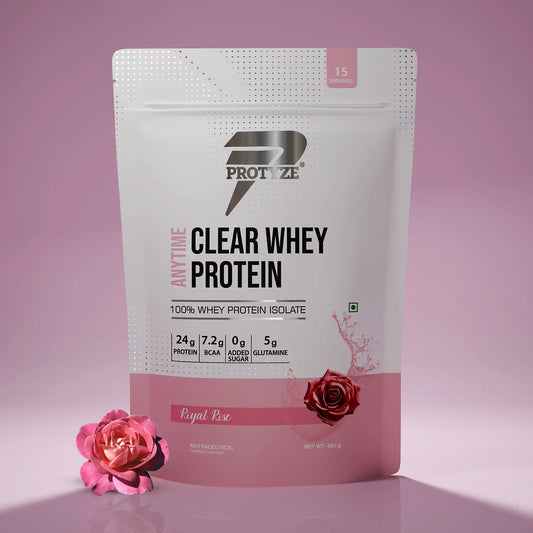If you’re new to the gym and want to build a bigger, stronger chest, you’re in the right place. Chest training is a cornerstone of upper-body development, targeting the pectoralis major and minor to add size, strength, and definition.
For beginners, starting with simple, effective exercises ensures you build a solid foundation without overwhelming complexity. In this article, we’ll cover 4 beginner-friendly moves to sculpt your pecs, with clear instructions, science backed benefits, and tips to maximize growth.
Why Train Your Chest?
The chest muscles (pectoralis major, minor, and supporting muscles like deltoids and triceps) are key for:
- Strength: Pecs drive pushing movements in daily tasks (e.g., pushing doors) and sports (e.g., football), per Journal of Strength and Conditioning Research (2018).
- Aesthetics: A broad, defined chest enhances your physique, balancing your upper body.
- Function: Strong pecs improve posture and shoulder stability, reducing injury risk (Sports Medicine, 2017).
- Confidence: A chiseled chest boosts self-esteem, motivating your gym journey.
These 4 moves are beginner-friendly, focusing on form and progressive overload to drive hypertrophy (muscle growth).
Benefits of These Chest Exercises
- Beginner-Accessible: Simple setups and controlled motions reduce learning curves.
- Max Muscle Activation: Target pecs with compound and isolation moves, per EMG studies (Journal of Electromyography and Kinesiology, 2016).
- Versatile: Use barbells, dumbbells, or bodyweight, fitting any gym or home setup.
- Progressive: Easy to scale with weight or reps.
- Low Injury Risk: Proper form minimizes strain, ideal for new lifters.
4 Best Chest Exercises for Beginners
These exercises build size by hitting the pecs from multiple angles, ensuring balanced growth. Master form first, then add weight gradually.
1. Barbell Bench Press – The Chest-Building King

Muscles Targeted: Pectoralis major, anterior deltoids, triceps
Why It’s Great: The bench press is a compound lift that maximizes pec activation and strength, with 20-30% higher EMG activity than isolation moves (Journal of Strength and Conditioning Research, 2019). It’s a staple for size.
-
How to Perform:
- Lie flat on a bench, feet planted, and grip a barbell slightly wider than shoulder-width.
- Unrack the bar, holding it over your mid-chest, arms extended.
- Lower the bar slowly (2-3 seconds) to your mid-chest, elbows at 45-degree angles.
- Press the bar back up, squeezing your pecs, until arms are fully extended.
- Do 3-4 sets x 8-12 reps (60-70% 1RM), resting 90 seconds.
-
Beginner Tips:
- Start with an empty bar to nail form.
- Keep wrists straight and shoulders pinned to the bench.
- Use a spotter for safety.
- Avoid bouncing the bar off your chest to prevent injury.
- Equipment: Barbell, bench, rack.
2. Dumbbell Chest Press – Balanced Pec Builder

Muscles Targeted: Pectoralis major, anterior deltoids, triceps
Why It’s Great: Dumbbells allow a greater range of motion than barbells, stretching the pecs for hypertrophy, and correct imbalances.
-
How to Perform:
- Lie on a flat bench, holding dumbbells above your chest, palms facing forward.
- Lower the dumbbells slowly (2-3 seconds) to chest level, elbows at 45-degree angles.
- Press the dumbbells up, squeezing your pecs, until arms are extended (don’t lock elbows).
- Do 3-4 sets x 10-12 reps (60-70% 1RM), resting 60 seconds.
-
Beginner Tips:
- Start with light dumbbells (e.g., 10-20 lbs) to master control.
- Keep movements smooth, avoiding shoulder shrugging.
- Tuck elbows slightly to reduce shoulder strain.
- Use a spotter to hand you dumbbells if heavy.
- Equipment: Dumbbells, bench.
3. Incline Push-Up – Bodyweight Pec Starter

Muscles Targeted: Pectoralis major (upper), anterior deltoids, triceps
Why It’s Great: This bodyweight move targets the upper chest, is joint-friendly, and builds strength for harder presses.
-
How to Perform:
- Place hands on a bench or elevated surface, shoulder-width apart, body in a straight line.
- Lower your chest toward the bench (2-3 seconds), keeping elbows at 45-degree angles.
- Push back up, squeezing your pecs, until arms are extended.
- Do 3-4 sets x 12-15 reps, resting 60 seconds.
-
Beginner Tips:
- Use a higher surface (e.g., counter) to reduce intensity, progressing to lower surfaces.
- Keep core braced to avoid sagging hips.
- Focus on pec contraction.
- Avoid flaring elbows to protect shoulders.
- Equipment: Bench or elevated surface.
4. Dumbbell Fly – Pec Isolation Finisher

Muscles Targeted: Pectoralis major, anterior deltoids
Why It’s Great: Flies stretch the pecs under tension, boosting hypertrophy by isolating the chest, perfect as a finisher.
-
How to Perform:
- Lie on a flat bench, holding dumbbells above your chest, palms facing each other.
- With a slight elbow bend, lower the dumbbells in a wide arc (2-3 seconds) until you feel a stretch in your pecs.
- Bring the dumbbells back up in the same arc, squeezing your pecs.
- Do 3-4 sets x 12-15 reps (light weight), resting 60 seconds.
-
Beginner Tips:
- Use light dumbbells (e.g., 5-15 lbs) to avoid shoulder strain.
- Keep elbows slightly bent, like a “hugging” motion, to protect joints.
- Avoid dropping arms too low to prevent pec tears.
- Focus on the stretch and squeeze for max activation.
- Equipment: Dumbbells, bench.
Common Mistakes to Avoid
Avoid these pitfalls to ensure safe, effective chest training:
-
Poor Form: Lifting too heavy causes shoulder shrugging or bouncing.
- Fix: Use light weights for 8-12 clean reps.
-
Flaring Elbows: Wide elbows in presses strain shoulders.
- Fix: Keep elbows at 45-degree angles.
-
Skipping Warm-Ups: Cold pecs risk strains.
- Fix: Do 5-10 minutes of arm circles and light push-ups.
-
Rushing Reps: Fast reps reduce tension.
- Fix: Use a 2-1-2 tempo (2s down, 1s hold, 2s up).
-
Neglecting Recovery: Overtraining stalls gains.
- Fix: Rest chest 48-72 hours between sessions.
Sample Beginner Chest Workout
This routine combines the 4 moves for a balanced, beginner-friendly chest day:
- Barbell Bench Press: 4 sets x 8-10 reps (60-70% 1RM, 90s rest)
- Dumbbell Chest Press: 3 sets x 10-12 reps (60s rest)
- Incline Push-Up: 3 sets x 12-15 reps (60s rest)
- Dumbbell Fly: 3 sets x 12-15 reps (60s rest)
Total: 13 sets, within the 10-20 set hypertrophy range. Train chest 1-2 times weekly, with 48-72 hours recovery. Warm up with 5-10 minutes of dynamic stretches (e.g., arm circles) and 1-2 light sets.
Integrating Chest Training into Your Routine
- Frequency: Train chest 1-2 times per week, as part of a push or upper-body day.
- Progressive Overload: Add 2.5-5 lbs or 1-2 reps every 2-3 weeks.
- Pairing: Combine with triceps or shoulders (e.g., overhead press) for a push-focused session.
- Rest: Take 2-3 rest days weekly to recover.
Nutrition for Chest Growth
Fueling muscle growth is critical:
- Protein: Target 0.8-1g per pound of bodyweight daily (e.g., 160g for 200 lbs). Post-workout, Protyze Nitro Clear Whey (30g protein, 3g creatine) supports repair when mixed with water (not milk).
- Calories: Aim for a 300-500 kcal surplus for bulking. A 200-lb beginner might need 3,000-3,500 kcal daily.
- Carbs: Consume 2-4g per pound (e.g., rice, sweet potatoes) for energy.
- Timing: Eat 20-30g protein and 40-60g carbs 1-2 hours pre-workout (e.g., chicken and rice), and a Protyze drink within 30 minutes post-workout.
Protyze Nitro Clear Whey, made by Alphacentric Healthcare Pvt Ltd, is ideal for recovery. Its 99% lactose-free formula (Mango Delight, Orange Delight, Pink Guava) delivers refreshing protein, and the 3g creatine boosts strength for presses.
Conclusion
Chest training for beginners starts with these 4 moves—barbell bench press, dumbbell chest press, incline push-up, and dumbbell fly—to build size and strength. Focus on form, use controlled tempos, and avoid common mistakes like flaring elbows or rushing reps. Train chest 1-2 times weekly, progressively overload, and fuel with Protyze Nitro Clear Whey (30g protein, water only) for recovery and creatine to power your presses. Ready to grow your pecs? Hit the gym with these exercises, grab Protyze, and share your progress in the comments!
TL;DR
Build chest size with 4 beginner moves: barbell bench press (8-10 reps), dumbbell chest press (10-12), incline push-up (12-15), and dumbbell fly (12-15). Do 3-4 sets, use a 2-1-2 tempo, and avoid poor form or heavy weights. Train chest 1-2 times weekly, fuel with Protyze Nitro Clear Whey (30g protein, water only), and aim for a 300-500 kcal surplus.





